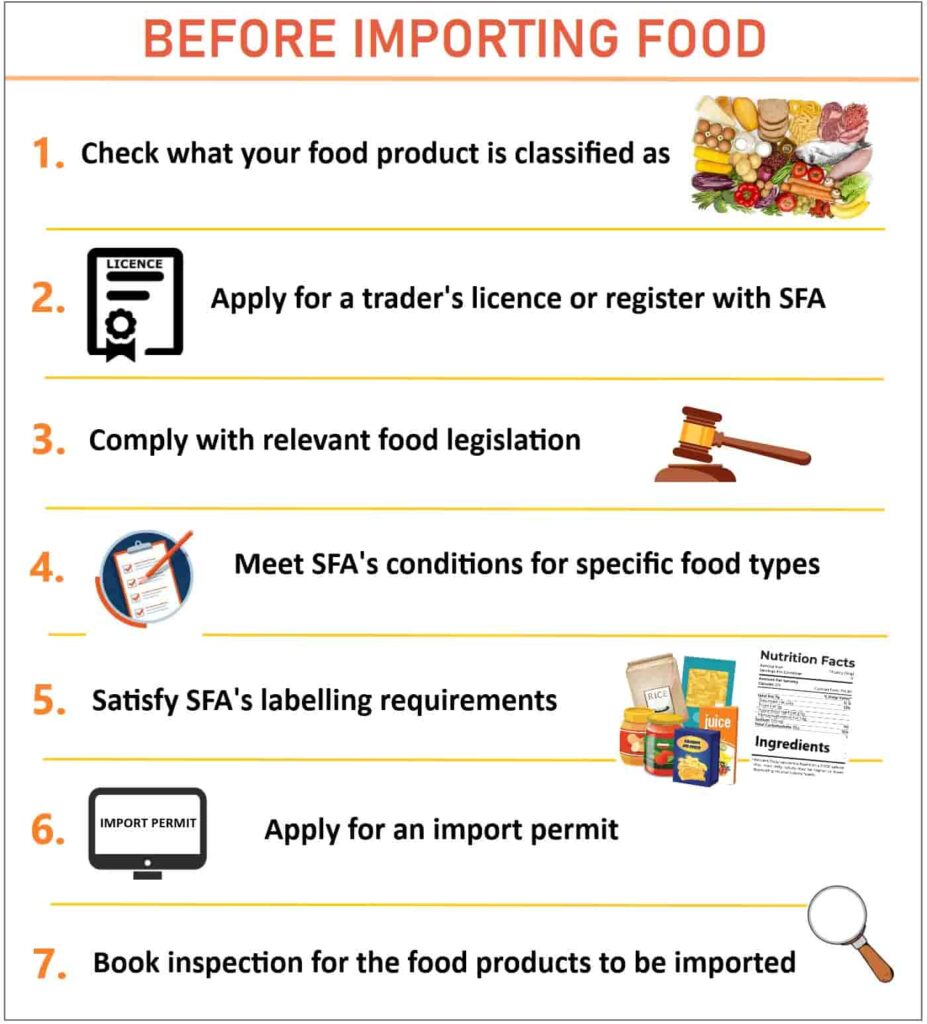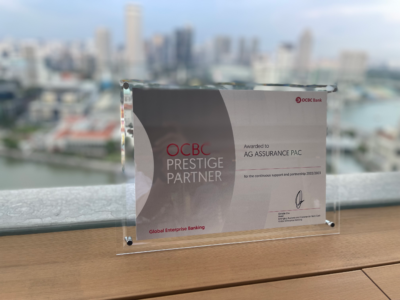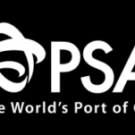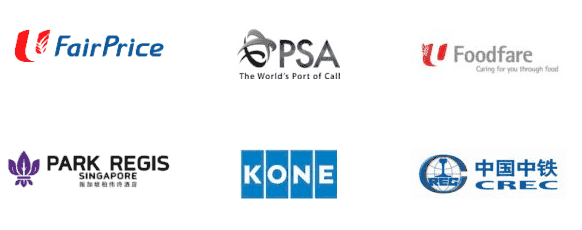Singapore’s unique position as a land-scarce nation with minimal agricultural output necessitates the importation of approximately 90% of its total food consumption. This demand, fueled by both a robust local population and a thriving tourism industry, makes Singapore a focal point for food imports in Southeast Asia. This comprehensive guide aims to streamline the complexity surrounding the food import process, ensuring your venture into Singapore’s market is both successful and compliant.
Step-by-Step Guide to Importing Food into Singapore

Before checking the general classification of food products, traders and manufacturers of food-health products need to determine which competent authority regulates their products. Food-health products could fall under the regulation of either:
- Singapore Food Agency (SFA), or
- Health Sciences Authority (HSA).
The import and sale of food and supplements of food nature are governed by the Sale of Food Act and the Food Regulations under SFA. Importers must ensure that their products comply with SFA’s regulations and labelling requirements.
Why outsource to AG Singapore?
- OCBC Prestige Partner in Singapore: Recognized for outstanding corporate services.
- 5-Star Google Reviews: Achieved a top rating based on feedback from over 184 clients.
- Exceptional Track Record: Successfully incorporated over 200+ Private Limited (Pte Ltd) companies within a year.
















